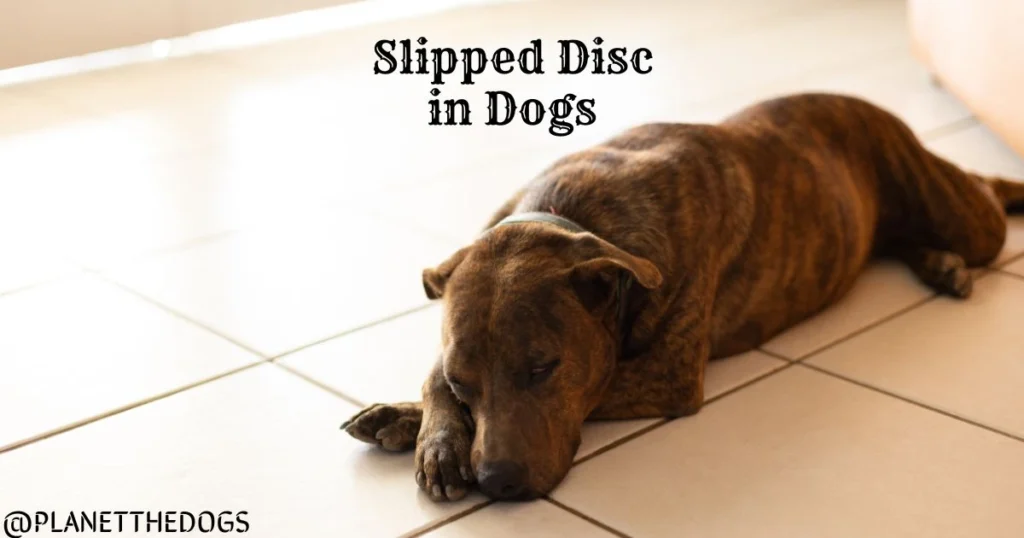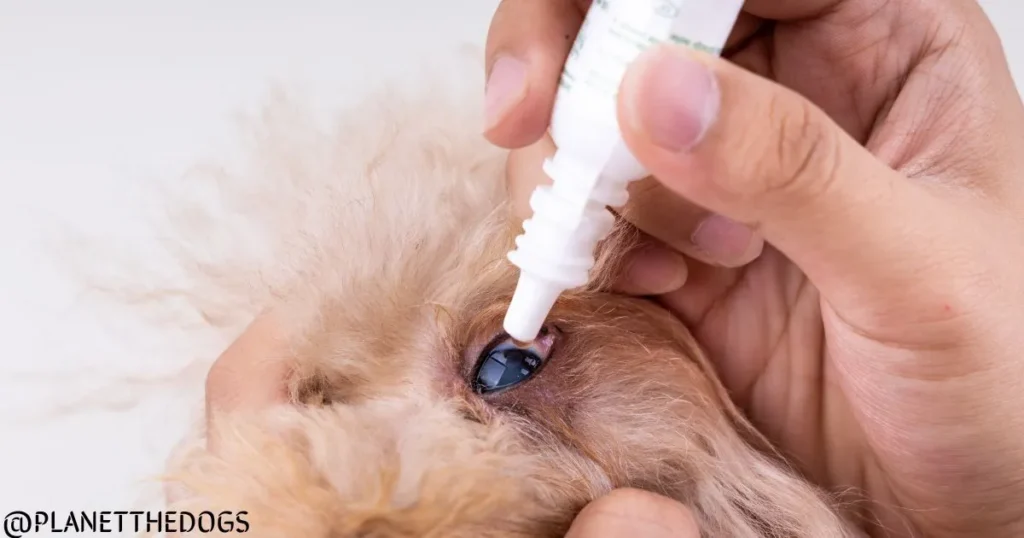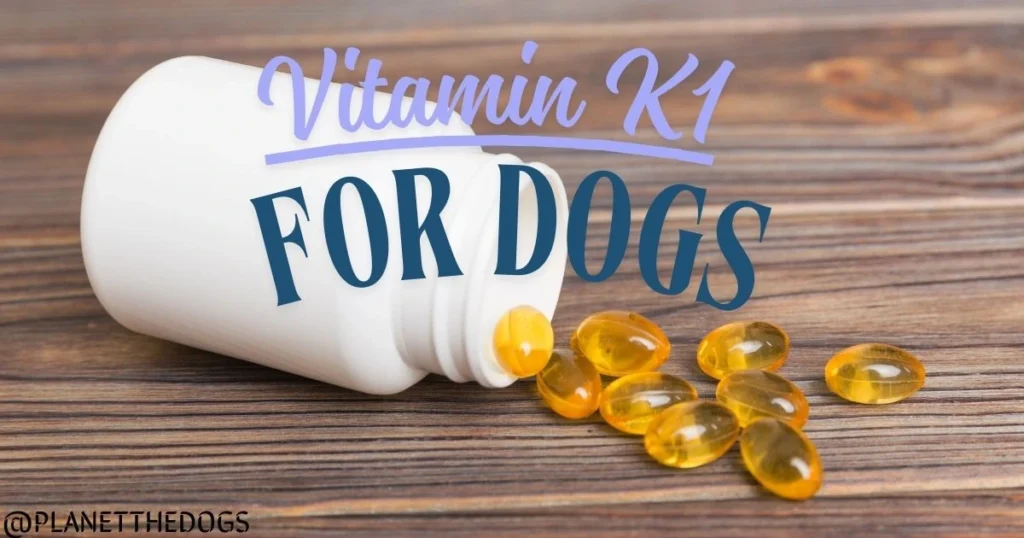Anorexia in Dogs: Causes, Symptoms, and Treatment
Imagine this: your usually enthusiastic dog, always ready to devour their meal, suddenly turns their nose up at food. This isn’t typical behavior—it could be a sign of anorexia in dogs. While dogs may occasionally refuse a meal or become picky, when the loss of appetite becomes persistent, it may indicate a deeper health issue. Understanding the root cause, recognizing the symptoms early, and knowing the right treatment steps can help you get your furry friend back on track.
Table of Contents
What Is Anorexia in Dogs?
Anorexia in dogs is more than just occasional food refusal. It’s a serious condition characterized by a complete or partial loss of appetite. While it may seem like your dog is simply being stubborn, anorexia often points to an underlying medical or psychological issue.
Two Types of Canine Anorexia
- Partial Anorexia: This is when your dog eats less than usual but still manages to consume some food. While this is concerning, it doesn’t signify a complete loss of appetite, which may still require attention.
- Complete Anorexia: This condition refers to your dog refusing to eat at all. When your dog no longer shows interest in food, it often indicates a more serious underlying issue.
When your dog starts eating less or refuses food entirely, it’s important to investigate the cause rather than dismissing it as a phase.
Causes of Anorexia in Dogs
If your dog’s appetite has suddenly disappeared, there could be many reasons behind it. Understanding these causes helps you decide the next steps.
Medical Conditions
Certain health problems may lead to anorexia in dogs:
- Chronic diseases like kidney disease, pancreatitis, or cancer.
- Dental issues, such as painful gums or teeth, that make eating difficult.
- Infections or inflammation in the body that cause discomfort and loss of appetite.
Behavioral or Psychological Factors
Your dog’s emotional state can significantly impact their eating habits:
- Stress from moving to a new home, loud noises, or new routines can disrupt their appetite.
- Depression, often caused by the loss of a companion or extended isolation.
Dietary Changes
Sometimes, anorexia in dogs stems from issues related to their food:
- Expired or spoiled food may turn them off eating.
- A sudden switch in their diet may cause digestive upset or dissatisfaction with their meals.
Understanding the underlying cause is key to providing the proper treatment.
Recognizing Symptoms of Anorexia in Dogs
The signs of anorexia in dogs aren’t always glaring. Sometimes, the symptoms are subtle and can develop gradually. If you notice a slight reduction in your dog’s food intake, it’s important to observe closely and act before the issue worsens.
Primary Signs
- Skipping meals for over 24 hours.
- Weight loss or a noticeable decline in body mass.
- Lethargy, where your dog may seem more tired or sluggish than usual.
Other Symptoms to Watch For
- Vomiting or diarrhea may indicate an infection or digestive problem.
- Behavioral changes, like hiding, irritability, or avoiding interaction.
- Unusual thirst or increased urination, which might point to kidney or urinary tract problems.
If any of these symptoms are present, it’s important to consult with your vet to rule out potential health problems.
Diagnosing Anorexia in Dogs
When you visit the vet, they’ll work to identify the root cause of your dog’s lack of appetite. The sooner you identify the issue, the simpler it will be to address.
Steps in the Diagnosis Process
- Physical examination to check for signs of illness, injury, or discomfort.
- Medical history review to uncover any ongoing health issues or recent changes in your dog’s environment.
- Diagnostic tests, such as bloodwork, X-rays, or ultrasounds, can help identify underlying conditions like infections, organ failure, or tumors.
A comprehensive diagnosis is vital to ensure your dog gets the proper treatment.
Treatment Options for Anorexia in Dogs
Treatment for anorexia in dogs focuses on both restoring their appetite and addressing the cause of the condition. Treatment may differ based on the root cause of the issue.
Medical Treatments
- Appetite stimulants or anti-nausea medications prescribed by your vet can help increase your dog’s interest in food.
- Treating infections, chronic conditions, or other diseases that may be causing discomfort.
Dietary Adjustments
Sometimes, food can be a powerful tool in encouraging your dog to eat:
- Offering highly palatable foods such as boiled chicken, turkey, or rice.
- Switching to smaller, more frequent meals to avoid overwhelming your dog.
Sample Appetite-Stimulating Recipes:
| Recipe Name | Ingredients | Preparation |
|---|---|---|
| Chicken & Rice | Chicken breast, white rice | Boil chicken and combine with cooked rice. |
| Beef Broth Mix | Low-sodium beef broth, carrots | Simmer beef broth and carrots; serve warm. |
Changing your dog’s food or offering them meals they find more appealing can help reignite their interest in eating.
Preventing Anorexia in Dogs
While you can’t always prevent anorexia, there are steps you can take to reduce the risk and maintain your dog’s overall health.
Regular Veterinary Check-Ups
By scheduling routine check-ups, your vet can identify potential health issues early, preventing complications that could lead to anorexia.
Minimizing Stress
Dogs are sensitive to their surroundings. Creating a calm and stable environment can help ease stress-related anorexia:
- Keep a consistent feeding schedule to avoid confusion.
- Provide mental stimulation and regular physical exercise to keep your dog engaged.
Conclusion
Anorexia in dogs is a serious condition that requires prompt attention. Whether caused by medical issues, stress, or dietary changes, early intervention is crucial. With the right care and treatment, your dog can regain their appetite and get back to being the healthy, happy companion you know and love.
For more information on anorexia in dogs, visit American Kennel Club or learn more about veterinary care for dogs.
Frequently Asked Questions
What Should I Do If My Dog Stops Eating?
If your dog refuses food for over 24 hours, try offering a different meal or heating their food slightly. If they still won’t eat, it’s time to see a vet to rule out health concerns.
Can Anorexia in Dogs Be Dangerous?
Yes, especially if it persists. Prolonged anorexia can lead to malnutrition, weight loss, and more severe health complications. It’s important to address it quickly.
What Are the Best Foods for a Dog Recovering from Anorexia?
Opt for highly nutritious, easy-to-digest foods, such as boiled chicken with rice or specially formulated recovery diets recommended by your vet.








